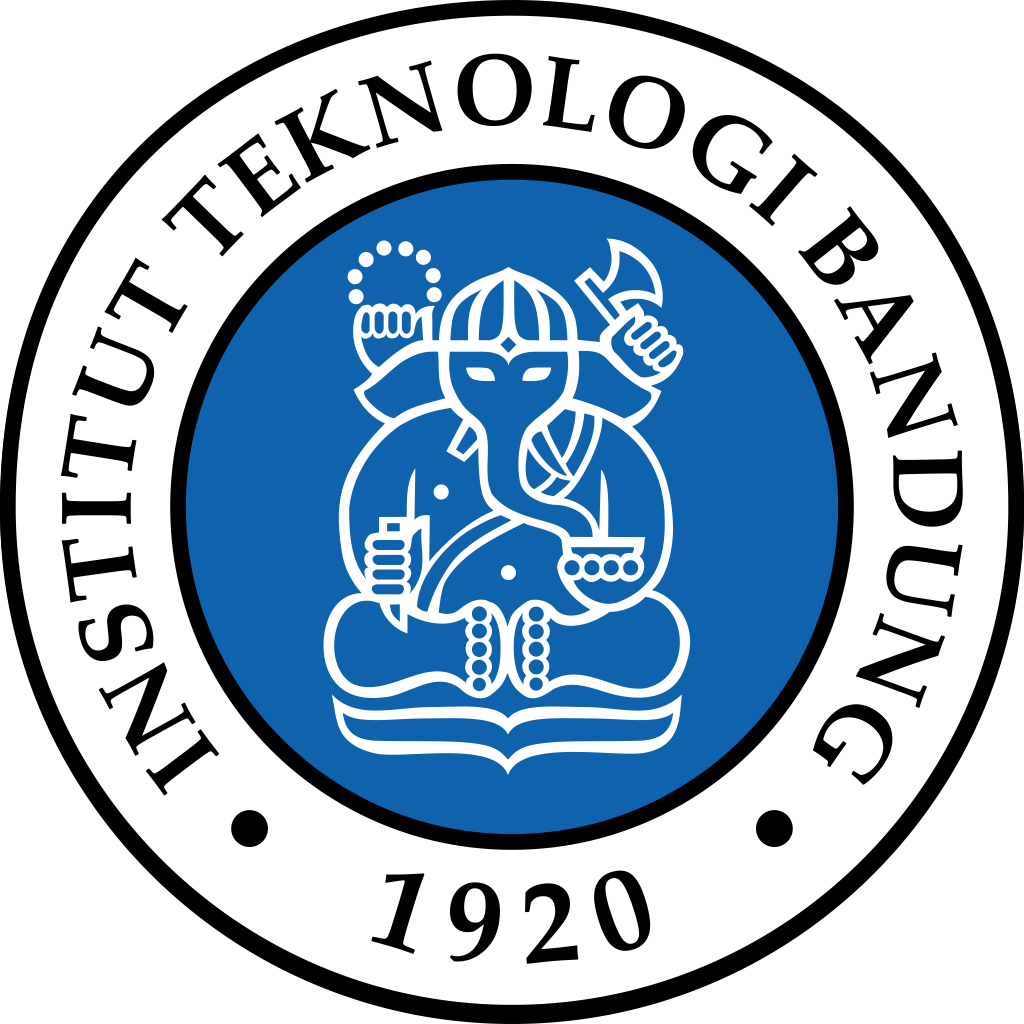Authors: Mi Yan, Dwi Hantoko, Herri Susanto*, Aisyah Ardy, Joko Waluyo, Zhouchao Weng & Jie Lin
Empty fruit bunch (EFB) is abundantly available for renewable energy resource, especially in Southeast Asian countries. However, EFB has inherent problems such as high moisture content, low heating value, and high alkali metal content. In order to improve the quality of feedstock as a fuel, in this research, the effects of hydrothermal treatment (HT) on the hydrothermally treated EFB (HT-EFB) characteristics were investigated. Also, the pyrolysis characteristics of EFB and HT-EFB were examined. The experiments of hydrothermal treatment were carried out in a 500-mL hydrothermal reactor at the temperature range of 120 to 220 °C with 60 to 120 min holding time. Afterward, the pyrolysis experiments of EFB and hydrothermally treated EFB (HT-EFB) were conducted in a lab-scale isothermal tube furnace at 400 °C for 1 h. The gas product was periodically collected to create gas evolution profiles. The result showed that hydrothermal treatment improved the properties of EFB, such as higher fixed carbon, lower ash content, and higher energy density. Hydrothermal treatment caused an increase in the heating value of HT-EFB to 19.47 MJ/kg, while the ratio of volatile matter/(volatile matter + fixed carbon) decreased from 0.82 to 0.68. Employing hydrothermal treatment in EFB did not only reduce the ash content of the biomass but also reduced the contents of potassium and sodium. In addition, the gas product from HT-EFB pyrolysis resulted in higher content of CO, CH4, and H2. The identified liquid product of pyrolysis consisted of alkane groups, phenolic groups, aromatic groups, ketones, acids, alcohols, and ester, which may be used as liquid fuel or for chemical production after further treatment. The observation indicated that hydrothermal treatment is an appropriate method to improve the fuel characteristic of EFB.
